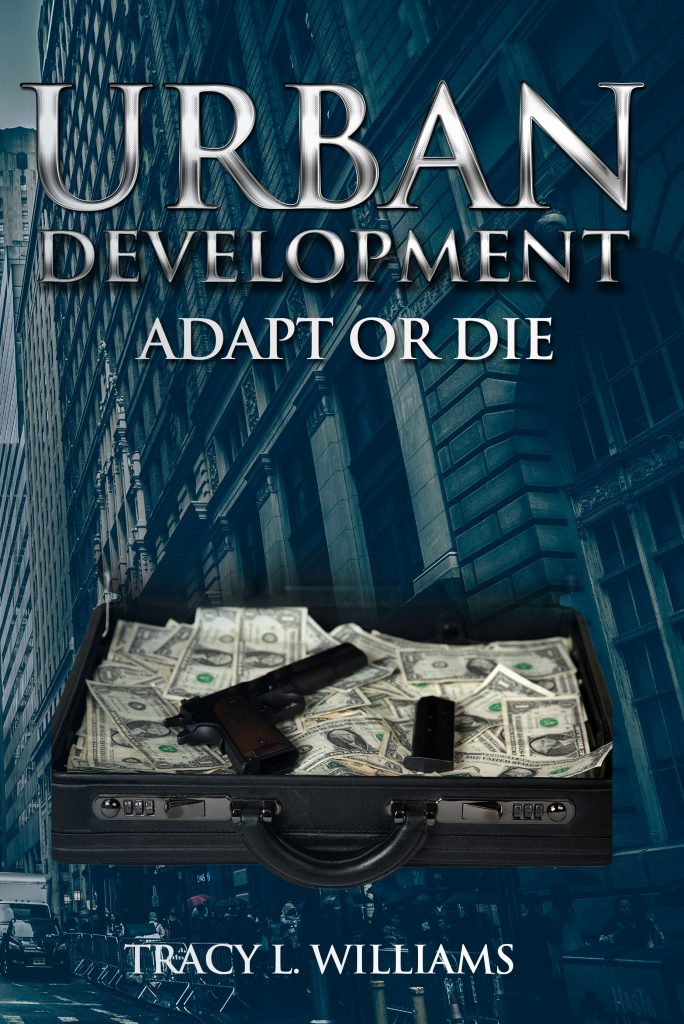
Art Imitating Life or Life Imitating Art?
The Prophetic Echoes of Urban Development
Years ago, I wrote Urban Development: Adapt or Die and Urban Development 2: The Poison Pill. Little did I know that the themes explored in these books would echo the challenges we face today. It’s almost like experiencing the The Simpsons phenomenon, where fictional predictions eerily align with real-world events. For those unfamiliar, this phenomenon refers to the TV show’s uncanny ability to depict events years before they occur. From technological advances to political scandals, The Simpsons has made some astonishingly accurate predictions.
In my books, I dive into the complexities of urban life, touching on gentrification, poverty, corporate greed, and corruption. These issues have become more prevalent and visible in today’s society, reflecting the same treacheries, deceit, and hardships I depicted years ago. It’s fascinating—and somewhat unsettling—how fiction can mirror reality so closely.
Gentrification and Corporate Greed
In Urban Development: Adapt or Die, we see the protagonist grappling with the implications of gentrification. The Marketview Heights area becomes a battleground for corporate interests, where property values are manipulated and communities are displaced. This is highlighted in the scene where KaiRome learns about the city’s secret plan to devalue properties through increased crime rates. They become ripe for cheap acquisition by wealthy investors. This mirrors real-life instances where lower-income communities are often pushed out to make way for new developments and higher-income residents.
Poverty and Corruption
Urban Development 2: The Poison Pill plunges into the darker aspects of urban life, where corporate corruption intertwines with organized crime. In one pivotal moment, KaiRome discovers the corrupt dealings behind Prestige Properties, aimed at controlling labor markets and pushing out the local Black community. This reflects ongoing issues of systemic inequality and corruption in corporate practices that still plague many urban areas today.
Prophetic Insights
When I wrote these books, I drew inspiration from the challenges I saw and experienced. After transitioning into a role in economic development, I witnessed firsthand the intricate dance of power, money, and survival in urban settings. The accuracy of my fictional narratives to current events is a testament to the persistent nature of these issues.
Much like the predictions made in The Simpsons, the stories in my Urban Development series serve as a lens through which we can examine and understand the ongoing struggles within our cities. They are not merely tales of fiction but prophetic insights that compel us to reflect on the systemic issues that continue to shape our lives.
Conclusion
Reading Urban Development: Adapt or Die and Urban Development 2: The Poison Pill offers more than just a thrilling experience. These books are an exploration of the very fabric of urban life, revealing the deep-seated issues of gentrification, poverty, and corporate greed that are as relevant today as they were when I first put pen to paper. Dive into these stories, and you might just find yourself seeing the world through a new, more critical lens—one that questions and seeks to understand the true nature of progress and development in our urban landscapes.
Share this post: on Twitter on Facebook on Google+